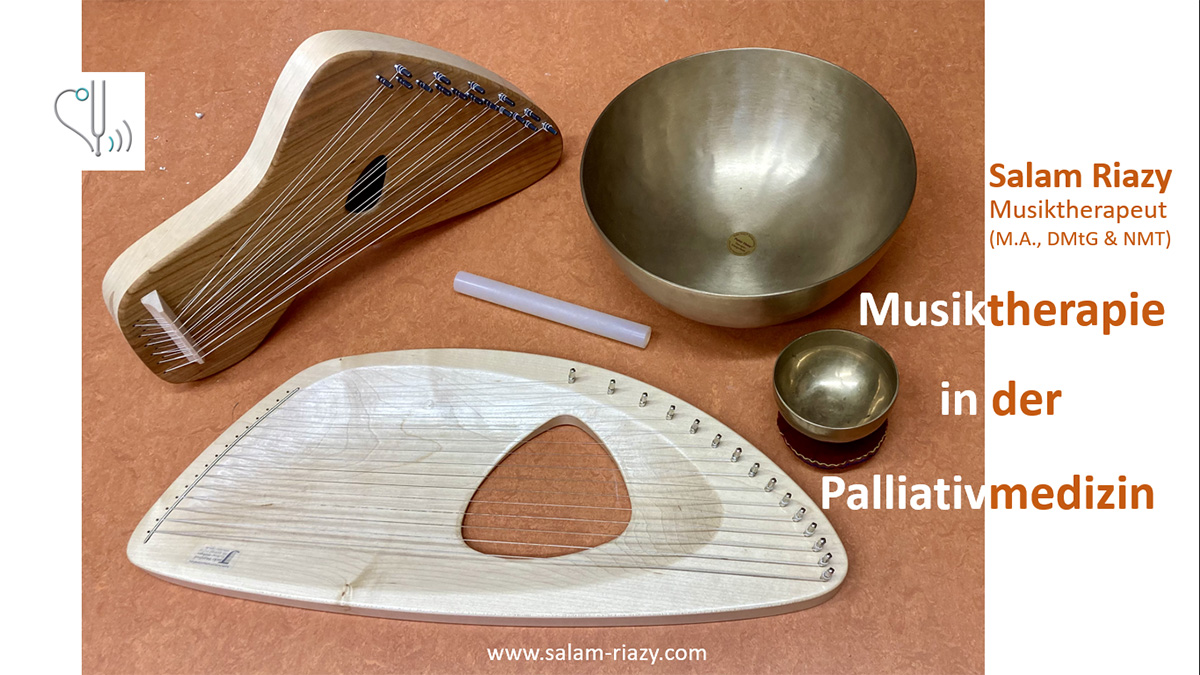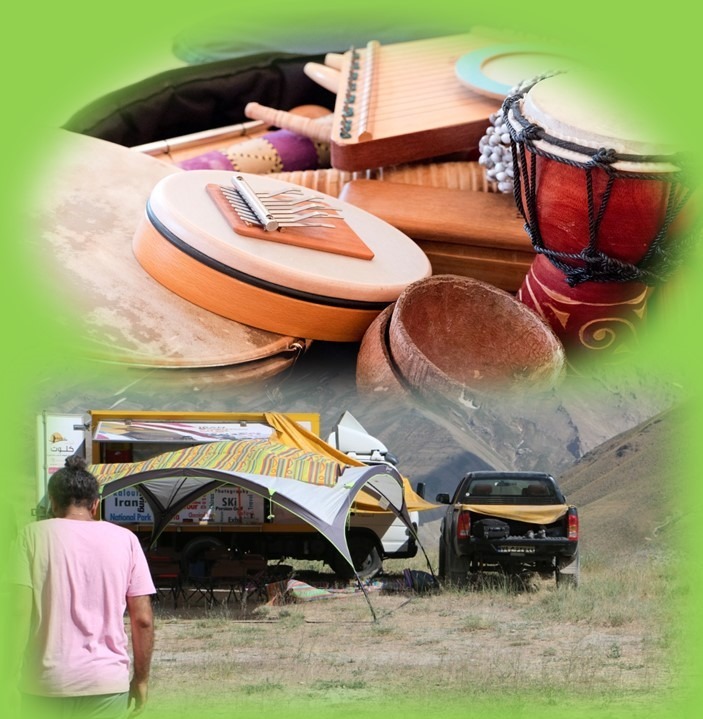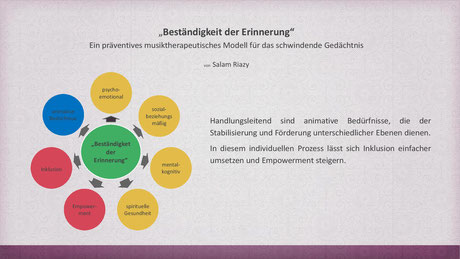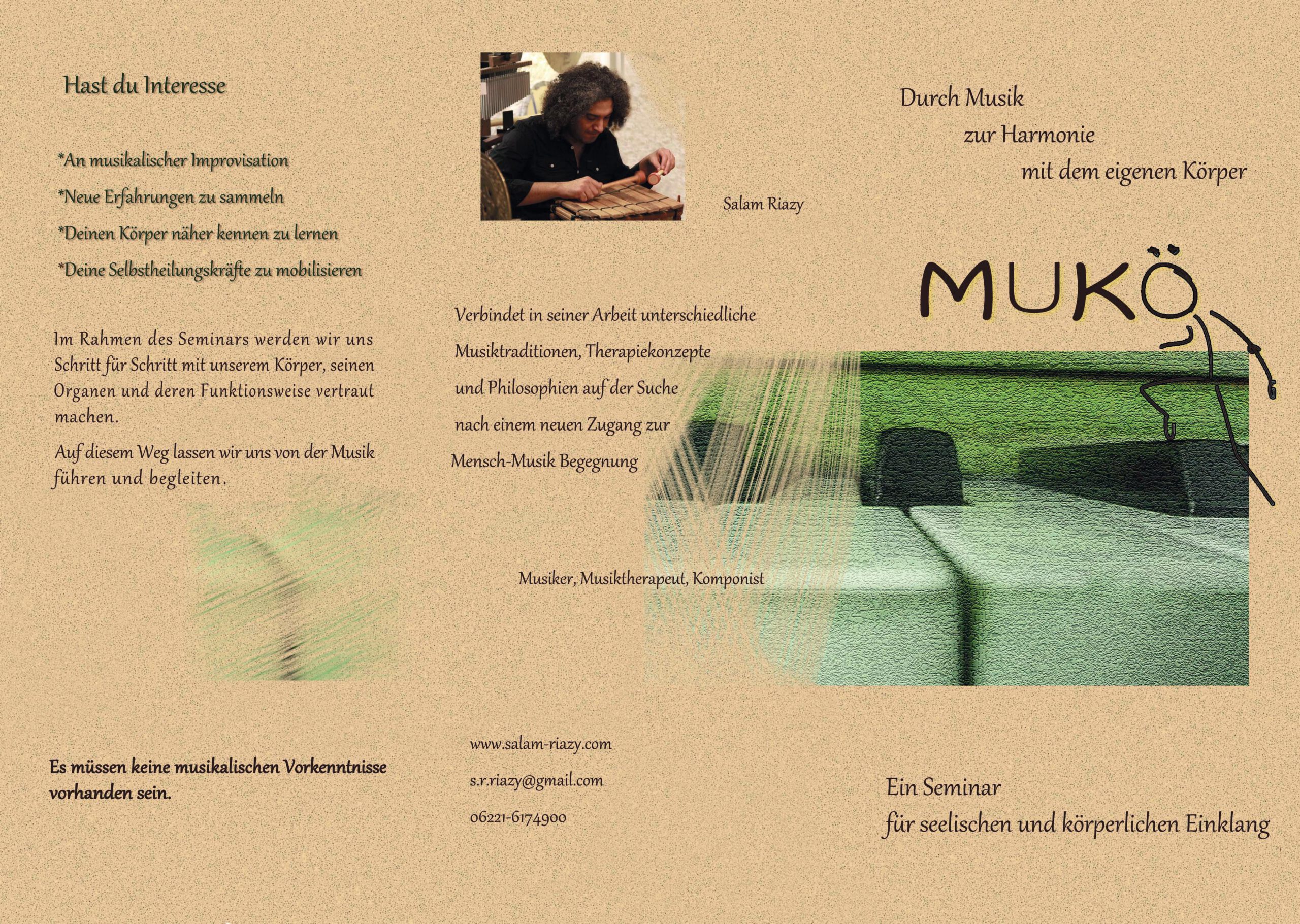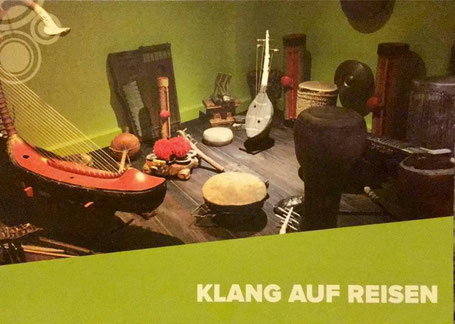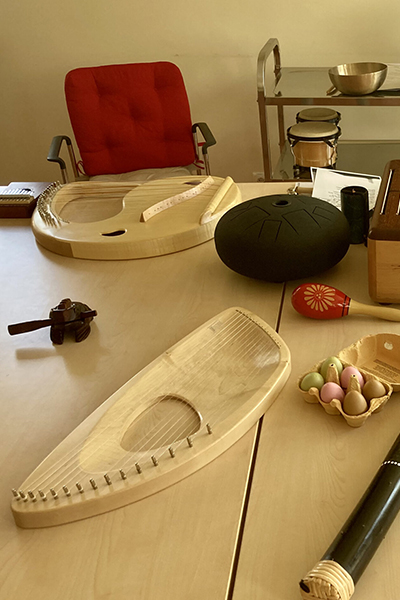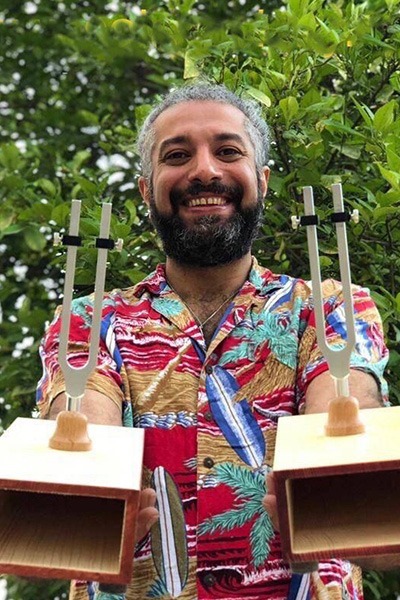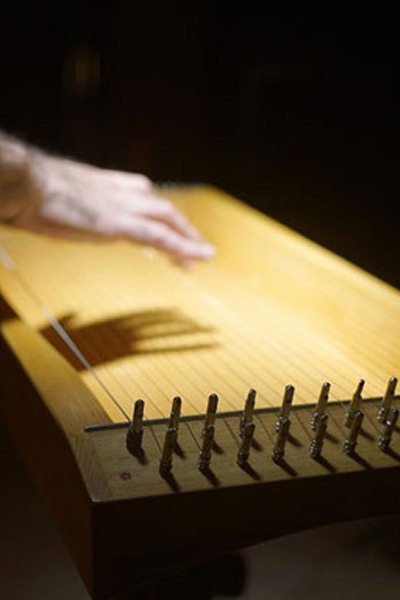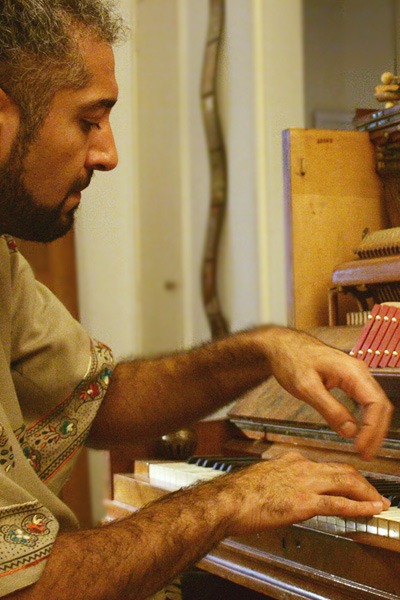Music therapy in palliative care
Why music therapy and how?
-The role of music in therapy
– Music therapy and music therapists
– Areas of application for music therapy
– Use of music therapy in palliative care
– Aims of music therapy in palliative care
– Methods of music therapy in palliative care
– Voice and improvisation in music therapy
– Musical instruments in palliative care
– Effects of music therapy in palliative care
– Tasks of a music therapist in palliative care
– The results of music therapy in palliative care
– Internet and music therapy in palliative care
For whom?
Professor, doctor, lecturer, trainer, nurse, doctor, family member, project developer, therapist, journalist, politician, trade union member, activist for a better life, entrepreneur, employee, social security officer, social worker, health consultant, patient representative, committed patient, student looking for a meaningful job opportunity, free citizen
Music therapy with culture of health
Playing music and its effect
We want to recommend a path that leads to health and well-being, that supports it sustainably and shaped by a group experience. Getting to know different methods of sound and music production has a positive impact on this process.
Prior knowledge is irrelevant – you don’t have to know music theory or play an instrument.
We gain an insight into holistic medicine and its connection with music therapy. Looking at health from a different perspective allows us to see new possibilities, including the healing aspects of music.
Making music is an easy and enjoyable way to change. It is essential that you act consciously and actively.
In the group we improvise freely with many different instruments. This gives the participants a new and different experience.
Emotions, perceptions, awareness and imagination will be activated together to strengthen our self-confidence in a creative way.
For whom?
Professor, Doctor, Lecturer, Trainer, Urban Planner, Nurse, Doctor, Project Developer, Therapist, Journalist, Politician, Union Member, Couch and Supervisor, Entrepreneur, Employee, Social Security Officer, Architect, Social Worker, Health Advisor, Patient Representative, Engaged Patient, Student in Search of a Meaningful Job Opportunity, Free Citizen, Artist, Author
changeTan (body harp)
A therapeutic instrument
The changeTan was developed in February 2020
by
Salam Riazy, music therapist and composer
and
Meysam Amini, instrument maker and musician
designed and built in Iran.
The changeTan (chang = pers. For harp, tan = pers. For body) has the following specifications:
o Rectangular, light wooden body with the dimensions 70x33x11cm
o Weight of approx. 2 Kg.
o The bottom of the changeTan is concave, which improves the support of the instrument on the human body
o Stringing with 25 steel strings, recommendation based on a = 432 Hz.
Journey and sound
Music tour in nature
Wir gehen als Gruppe in die Natur und sind offen für alle Stimmen, die wir wahrnehmen. Dort improvisieren wir frei mit Instrumenten aus der ganzen Welt und verbinden uns mit unserer Umgebung, gehen in Beziehung zu ihr.
Es sind keine Voraussetzungen erforderlich. Wir müssen keine Musiktheorie wissen oder bestimmte Instrumente spielen.
Resonanz, Wörter, Sprache, Kommunikation und Bewegung werden wahrgenommen und aktiviert. Dann fühlen wir uns ruhig im hier und jetzt verbunden.
So können die Menschen für ihre eigene gute Gesundheit und die ihrer Gemeinde sorgen.
Für wen?
Professor, Doktor, Dozent, Ausbilder, Stadtplaner, Krankenschwester, Arzt, Projektentwickler, Therapeut, Journalist, Politiker, Gewerkschaftsmitglied, Couch und Supervisor, Unternehmer, Angestellter, Sozialversicherungsbeauftragter, Architekt, Sozialarbeiter, Gesundheitsberater, Patientenvertreter, Engagierter Patient, Student auf der Suche nach einer sinnvollen Arbeitsmöglichkeit, freier Bürger, Künstler, Autor
Persistence of memory
A preventive music therapy offer for dwindling memory.
Based on my wealth of experience with people with dementia, I have developed a music therapy model that allows affected individuals to express their own inner feelings better in order to improve their life quality.
My model shows your employees and specialists how they can ensure an appreciative approach to their residents and sensitizes the participants to professional music therapy.
Mukoe
Through music in harmony with your own body
In search of the inner self; our body reflects our being and our soul.
The music gives us access to our self-esteem, to the here and now and provides a space in which we can ‘re-try’ and ‘experience’ ourselves.
We improvise together with easily playable instruments and let the sound flow consciously into different parts of our body.
No previous musical knowledge is needed.
Zar
An Ethnomusic Therapy Ceremony from Kharg, an island in the Persian Gulf
In this research the following aspects should be treated by film and photo:
– Geographical and historical presentation of the island of Kharg
– Origin and course of the Tsar ceremony
– Zar in music therapy effect on symptoms of schizophrenia
– Instruments and songs of the Tsar ceremony
Sound traveling
Musical atmosphere in resorts for travelers
Offers a space in the Resort where sounds provide refuge for travellers.
Instruments from all over the world soothe the senses and refresh the entire perception.
The beauty and power of sound waves can be enjoyed live and for the moment.
Sound traveling takes the guest to a place of harmony in which he finds time and space to tune inwardly.It is possible to simply indulge in the relaxing sounds, or to actively participate in the tone tissue.
Contact
Note: Please fill out the fields marked with an *
